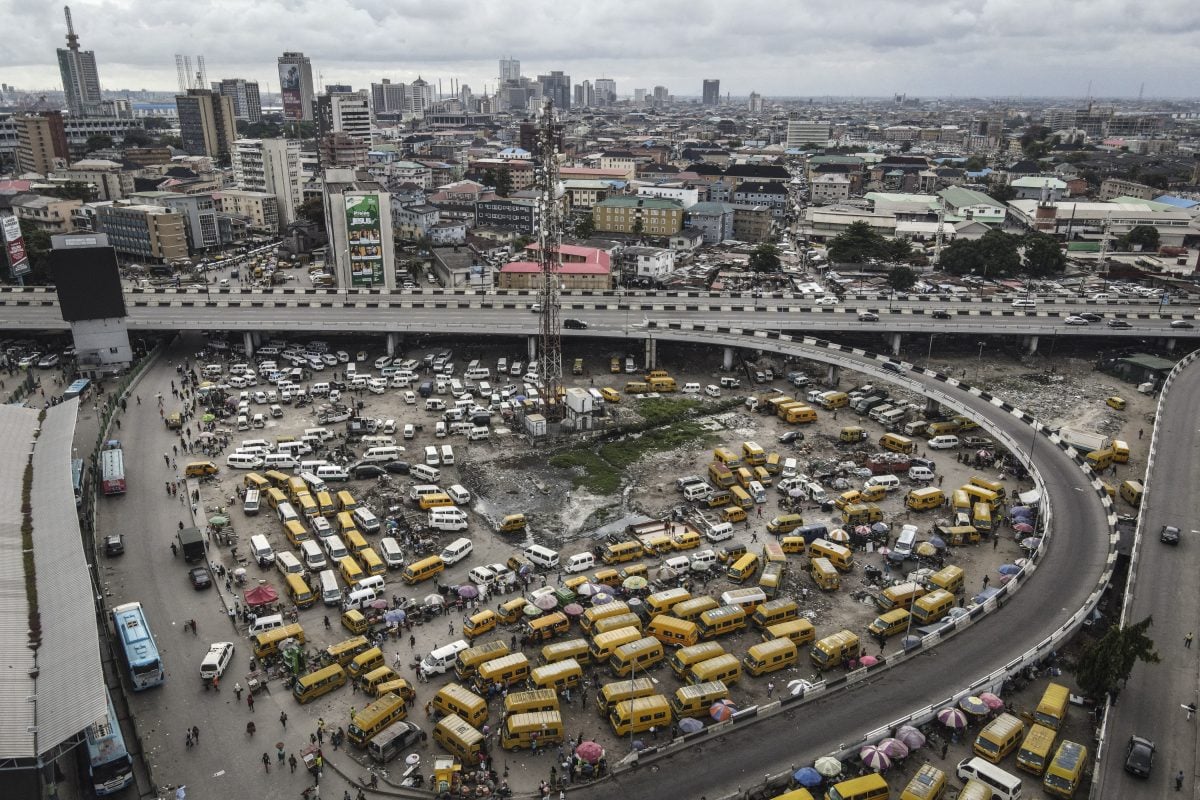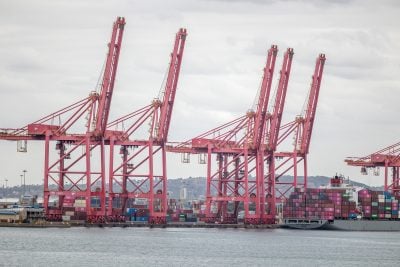Three years ago, Nigeria’s unemployment rate was officially at 33%, among the highest on record. The latest figures released by the National Bureau of Statistics (NBS) in November show the rate of unemployment has since plummeted to 4.3%.
This dramatic transformation is not because of any employment boom wrought by President Bola Tinubu since taking office 19 months ago. It is simply down to a change of formula by the statistics office.
In the past, the NBS only counted people aged between 15 and 64 years who worked at least 20 hours a week as employed. Now anyone 15 years and above who works “for pay or profit” is considered employed, according to International Labour Organization guidelines now applied by the statistics office.
Anyone 15 years and above who is available for a job but without work is now considered unemployed, unlike in the past, where only those between 15 and 64 years working less than 20 hours a week were considered as such. Individuals working between one and 39 hours while still ready for more work are considered underemployed; in the past only those that worked between 20 and 39 hours while ready for more hours fell under this category.
These are among the reforms unfolding at the NBS under the leadership of Aderemi Adeniran, who was appointed the statistician general in 2022. Apart from jobs, the agency is also in the process of changing the way it calculates the inflation rate and the gross domestic product (GDP).
Under the old method, the unemployed represented more than a third of Nigeria’s population of more than 220 million people, with the underemployed at 52% of the population. More than 133 million were also living in multi-dimensional poverty just on the eve of Tinubu’s election.
Using the new method, the Nigerian statistics office gives the country’s unemployment rate as 4.3% and “time-related underemployment” as 9.2%.
Among the intriguing findings of the labour market survey is the preponderance of self employment, representing 93% of the labour force, showing that little formal employment is available.
The survey also reported a labour participation rate of 79.5%, and found that 12.5% of youths were also not in education, employment or training of any kind, according to the report.
Pushback against new calculation
The new interpretation of Nigeria’s unemployment situation has been met with a pushback from labour unions, employers and the general public alike, all suspecting an attempt to understate the country’s dire economic situation. Both the Nigeria Labour Congress, the country’s biggest trade-union coalition, and the National Employers Consultative Association have described the new method as failing to reflect reality.
The statistics office insists it only made long overdue changes that had already been implemented in 26 African countries.
“The headline unemployment rate is not the only form of labour underutilisation,” said Adeniran, explaining the rationale for the change.
“Other equally important forms exist and need to be produced to better inform government and policymakers on the realities of the labour situation in the country.”
Economists back move
World Bank economists backed the labour data change, describing it as an improvement. The change in formula has brought Nigeria’s unemployment figures in the same range as those of fellow West and Central African countries, where their populations share comparable economic circumstances and a similar statistical approach already in place, according to World Bank economists Jonathan Lain and Utz Pape.
For Nigeria’s labour market, “underemployment and lack of wage work or other high-quality jobs are far more widespread issues than unemployment,” they said in a recent in-house publication.
“Education helps, but it is no guarantee for a good job, and the skills that firms need but which workers can provide may be mismatched.”
In their view, unemployment in Nigeria is largely an elite problem facing those who trained and acquired skills but can’t find the right jobs. When there is a high level of poverty, as in Nigeria, the tendency was for people to take any available job to survive.
Nigeria’s Labour Market Survey shows that unemployment was lowest among those with only primary education at 2.8%, and highest among those with senior secondary education at 8.5%; those with post-secondary and lower secondary education fell in between at 4.8% and 5.8% respectively.
While presenting his 2025 budget proposals to lawmakers in December, President Tinubu declared that the annual inflation rate, currently at a three-decade high of 34.8%, would decline to 15% this year. He was partly counting on plans that were already underway to rebase the consumer price index.
Inflation rate and GDP set for recalculation
Rather than wait for inflation to ease by itself, the NBS is reworking and increasing the components of the consumer price index. With effect from January 2025 data, the inflation rate will reflect a wider basket of goods and services in which the weight of food, the biggest driver of inflation, will drop by as much as 10%, thereby exerting a cooling effect on overall inflation.
The revamp involves changing the base year for the consumer price index to 2024 and increasing the number of items considered to 960 from 740. Items of growing importance such as solar panels and inverters were added while others considered obsolete were dropped.
Nigeria is also changing the way it calculates GDP after the last exercise in 2014 that brought the value of economic activities in the country to more than $500bn a year at the time and moved the base year to 2010 from 1990. In dollar terms, Nigeria’s GDP has shrunk by as much as a third since then due to devaluations of the naira and slow growth.
As was the case the last time, the addition of new economic activities and patterns of spending in the current rebasing is expected to to boost the overall size of the GDP while showing how the structure of the economy is evolving. New areas such as technology, digital services and the informal sector, a major employer that had been previously ignored, are expected to be better reflected.
There are signs already these changes to the way key economic indicators are calculated will lead to more flattering numbers. But Adeniran insists they will reflect Nigeria’s economic reality more accurately.
“As economies evolve, new industries emerge, and consumption patterns shift, it becomes imperative to update our statistical measures to capture these changes,” he said.
“Rebasing allows us to align with these transformations, providing a more precise and relevant picture of Nigeria’s economic landscape.”
Want to continue reading? Subscribe today.
You've read all your free articles for this month! Subscribe now to enjoy full access to our content.
Digital Monthly
£8.00 / month
Receive full unlimited access to our articles, opinions, podcasts and more.
Digital Yearly
£70.00 / year
Our best value offer - save £26 and gain access to all of our digital content for an entire year!

 Sign in with Google
Sign in with Google 



